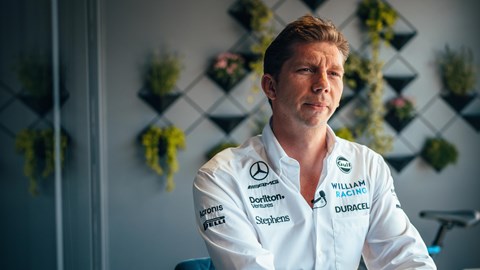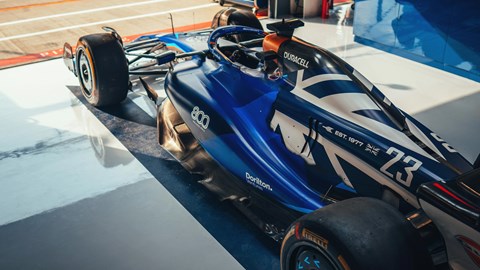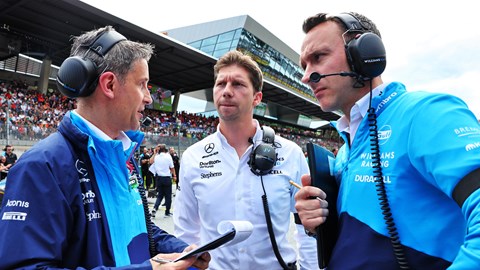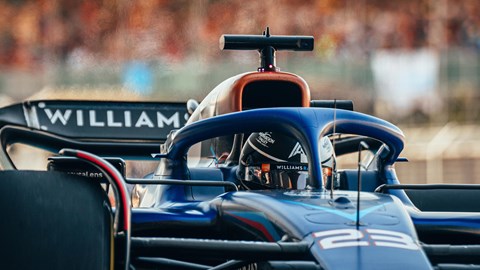► We speak to James Vowles at the British GP
► How the budget cap has helped the sport
► But why it’s still holding smaller teams back
Formula One rolls to Hungary this weekend for the latest race in one of the closest championships yet – if you take Max Verstappen out of the picture. Red Bull has produced the fastest car by some margin, but Ferrari, Mercedes, Aston Martin and now McLaren are all fighting for the runner-up spot – with the pecking order largely determined by track characteristics and the timing of upgrades.
The budget cap plays a key role in this heightened level of competition, but it also has a flaw that’s hindering F1 from truly levelling the playing field. CAR spoke to new Williams F1 team principal James Vowles at the British GP to find out more.

What is the budget cap?
The budget cap, introduced for the 2021 season can be divided into two parts; an operational budget cap ($145 million), and one based on expenditure:
‘If you pay someone a salary, that’s operational costs, or [paying] for the car to get to the track. That’s all operational spend. And that’s where we’re limited and that’s good,’ Vowles explains. This part of the budget cap is the most visible for F1 fans; it’s the one that limits the number of updates each team can bring to the track, for example.

‘There’s also a capital expenditure side [of the cap] which is more elements that are big buildings and big machines,’ Vowles continues. ‘So if you take the composite facility; there’s something called an autoclave – a really fancy name for a big oven – that’s the capital expenditure side.’
What’s the problem?
The expenditure cap has essentially frozen the infrastructure of teams as they were in 2020, and that’s proven to be something of a double-edged sword: it’s stopped top teams from spending more money, but it’s also prevented previously struggling teams (like Williams) from upgrading their below-par infrastructure. In effect, the top teams’ advantage has been somewhat locked in.
‘That’s where we need to spend money,’ Vowles tells CAR. ‘We need to, to get back up to what I’m used to in terms of facilities at some of the best teams on the grid. And we’re not there.’

Worse still, top teams saw this coming and had the cash to heavily invest in cutting-edge infrastructure before the cap arrived, extending their advantage just before things were effectively frozen. Williams now has the financial backing it needs to catch up, but the expenditure cap means it’s unable to use it.
The problem is cyclical. Old facilities means Williams engineers must work inefficiently, and this forces the team to burn through its operational cap faster than better-resourced competitors. ‘It means we either have to use external resources or do things three times less efficiently than anyone else,’ the Williams team principal tells us.
What next?

Formula One is now a far more sustainable sport than ever before, financially and in terms of emissions – and that’s a direct result of the budget gap: ‘I think the budget cap is a very good thing,’ agrees Vowles. ‘The reason why you’re closing the field is because the cost caps in place teams and are now sustainable – to a certain extent, though not fully yet.’
‘You don’t have to just keep putting money in, in order to grow,’ he adds.
The budget cap is a positive thing but has limitations that need to be addressed – and this is just one of them. Just a week or so after we speak to Vowles, there’s two cap-related controversy. First, rumours suggest teams with road car divisions could be using exotic road-going hypercar projects to do some of their F1 R&D outside the cap. The other controversy? Fresh rumours that three teams have breached the cap for last year. Just another week in F1.